The Whole World Must Unite To Save The Polar Bears
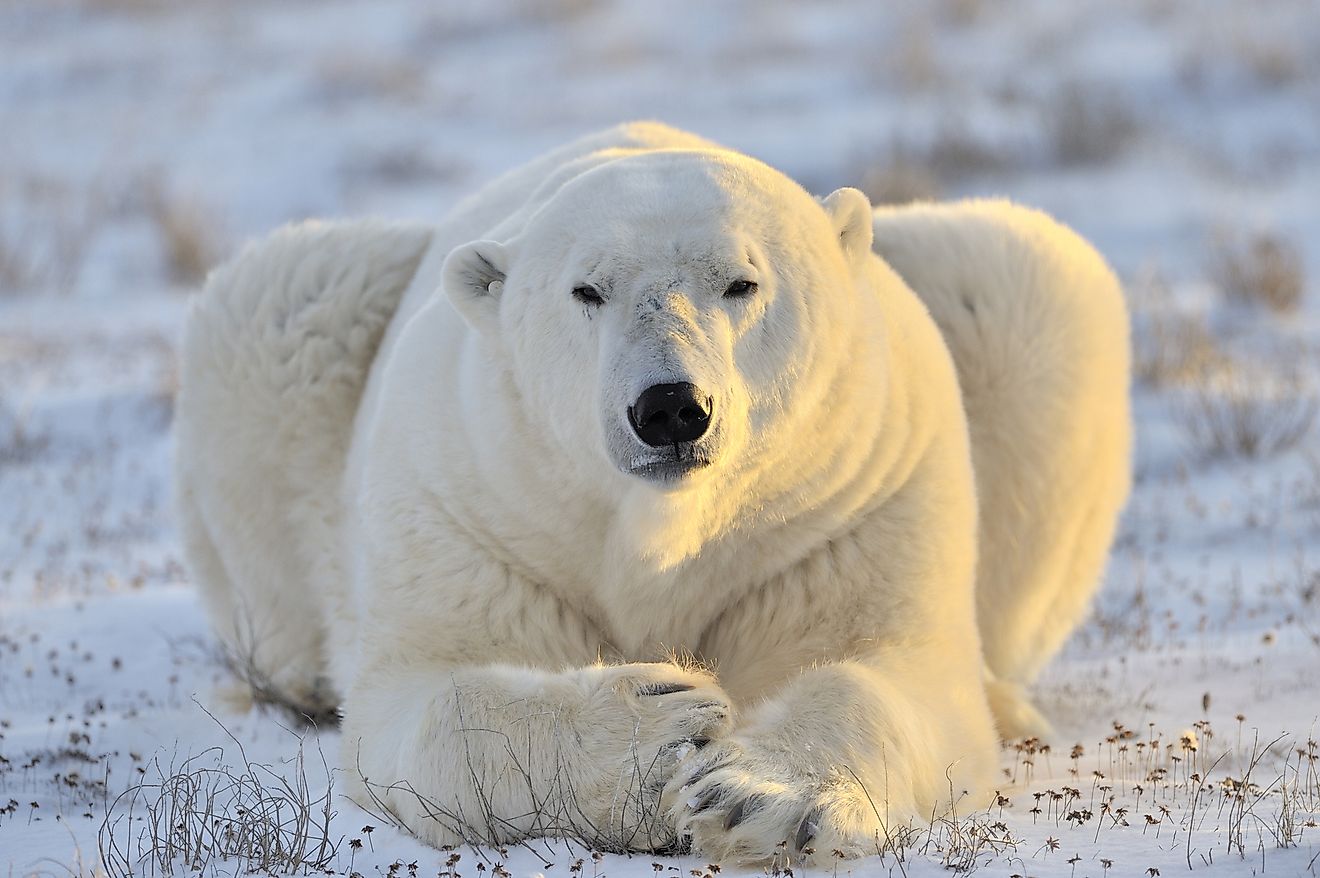
In 2020, scientists predicted that polar bears would probably not last longer than the end of this century. Among the thousands of species that the world is trying to save, polar bear conservation is perhaps the most challenging. The whole world contributes to its demise through global warming. People everywhere need to change their ways of living to give the polar bears a new lease of life. And their survival will also determine the well-being of future generations of humans and other species on the planet.
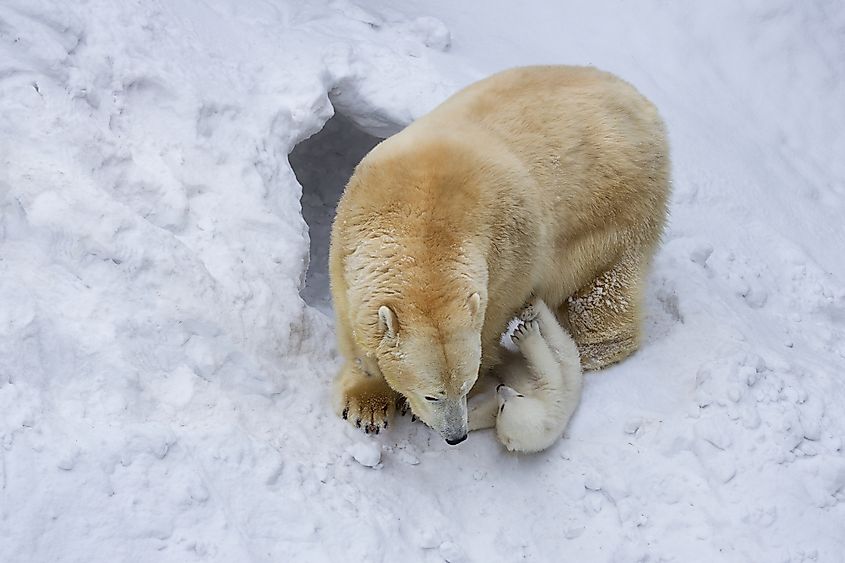
Polar Bears International founded the International Polar Bear Day to celebrate the very existence of these majestic apex predators of the Arctic. The day also aims to create awareness about polar bear conservation. February 27 coincides with the denning time of polar bears. At this time of the year, polar bear moms and cubs remain in their dens in the Arctic snow. The newborn cubs are initially blind and weigh only about one pound. Their thin fur layers are no match to the Arctic winter. Hence, they are highly dependent on their mothers for warmth and nourishment during this vulnerable period. The International Polar Bear Day reminds us of these cubs and why the survival of each of them is critically important.
A Home In The Unforgiving Arctic
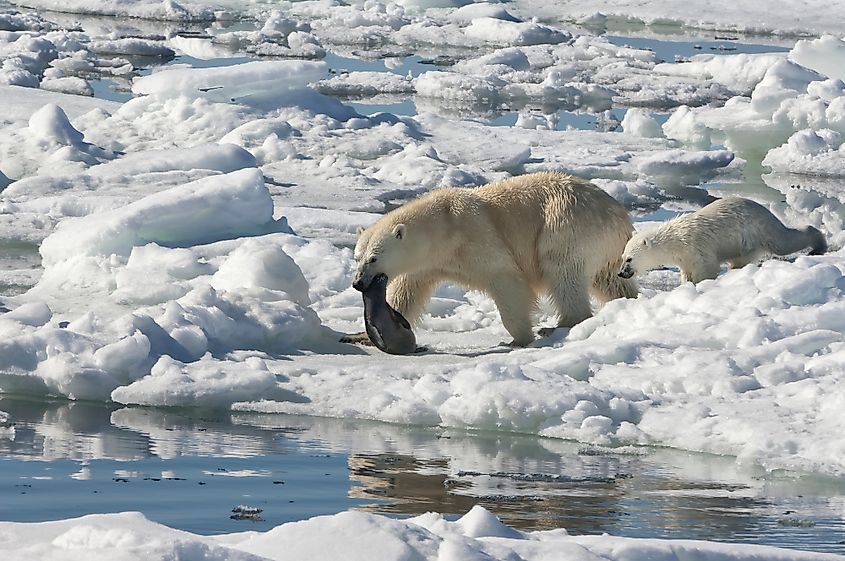
The polar bears surely live up to their scientific name, Ursus maritimus, meaning 'sea bear' as the sea means life to them. Nature has designed them well to thrive in the freezing environment of the Arctic where sea ice and plenty of seals are vital for their survival. Here, the polar bears rule as apex predators with no other species except for other polar bears to challenge them.
Currently, around 23,000 polar bears populate the Arctic region of Canada, Alaska (USA), Greenland, Norway, and Russia with Canada hosting over 60% of the population.
The remote and extreme nature of their habitat also keeps most humans at bay. Hence, these bears suffer less from direct human intrusion into their habitat unlike most other threatened megafauna like tigers, lions, rhinoceroses, and elephants. Sadly, however, polar bears are victims of a much greater peril, one that threatens all species, but polar bears are among the worst sufferers - climate change.
Climate Change Will Starve Polar Bears To Death
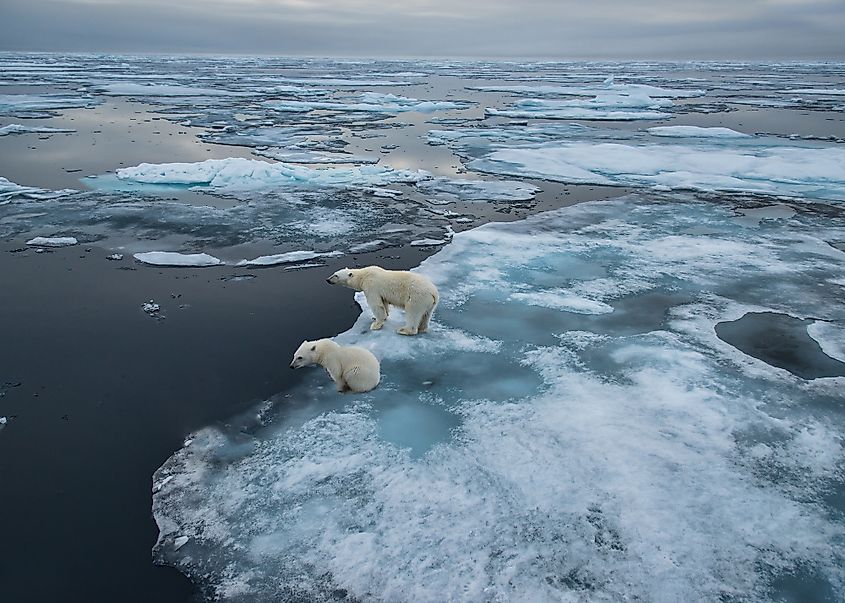
Scientists and polar bear experts warn that if global warming continues at the current pace, polar bears might stop reproducing by 2100.
Sea ice is vital habitat for polar bears. They use it as a platform to travel long distances and hunt for seals. Algae growing on the water-exposed surface of sea ice also constitutes the base of the food chain in which the polar bear is an apex predator.
And it is this sea ice that is shrinking faster than ever in recent decades. Climate change is the culprit. As sea ice melts, the length of the ice-free period increases. Thus, polar bears are left with no choice but to starve for a longer time. For them, it is the "fattest survive." And climate change is certainly not helping them get any fatter.
According to The IUCN Polar Bear Specialist Group, climate-change-induced loss of sea ice is the "single biggest threat" to polar bears. The species is listed as vulnerable by the IUCN with only about 23,000 polar bears surviving worldwide (Hamilton & Derocher, 2018).
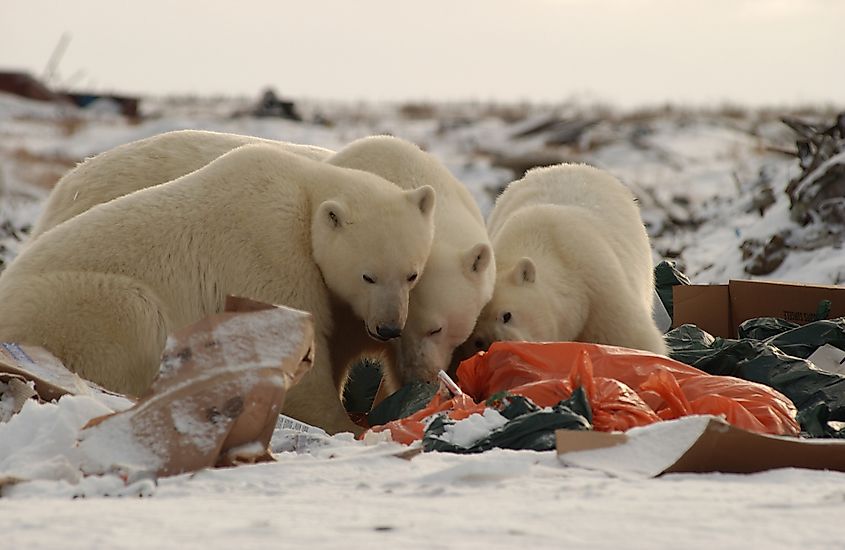
Experts predict that climate change will also exacerbate other threats to polar bears. Harvesting of polar bears by indigenous populations could become a major concern as populations decline. Disease and pollution might also further decimate the highly vulnerable and malnourished polar bear populations.
Human-polar bear conflict situations would also rise as nutrient-starved polar bears would wander inland searching for food resources and into human settlements.
Acting "Now" Is Essential
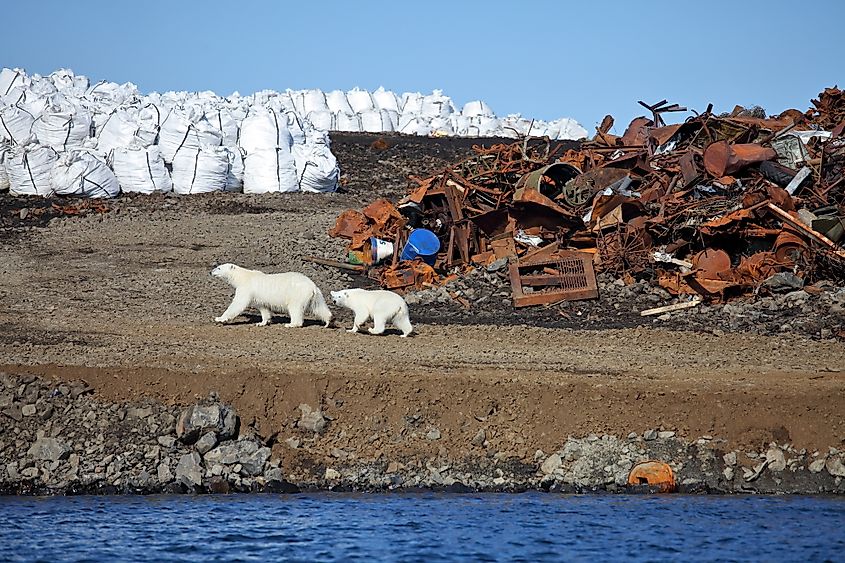
Polar bear conservationists believe it is still possible to save polar bears. People and governments around the world need to act in unison to reduce the impact of climate change. At the end of the day, we must remember that polar bears will not go down alone. The very reason for their decline would also cause millions of humans to suffer in the coming decades. Tackling climate change is needed for our survival as well.











